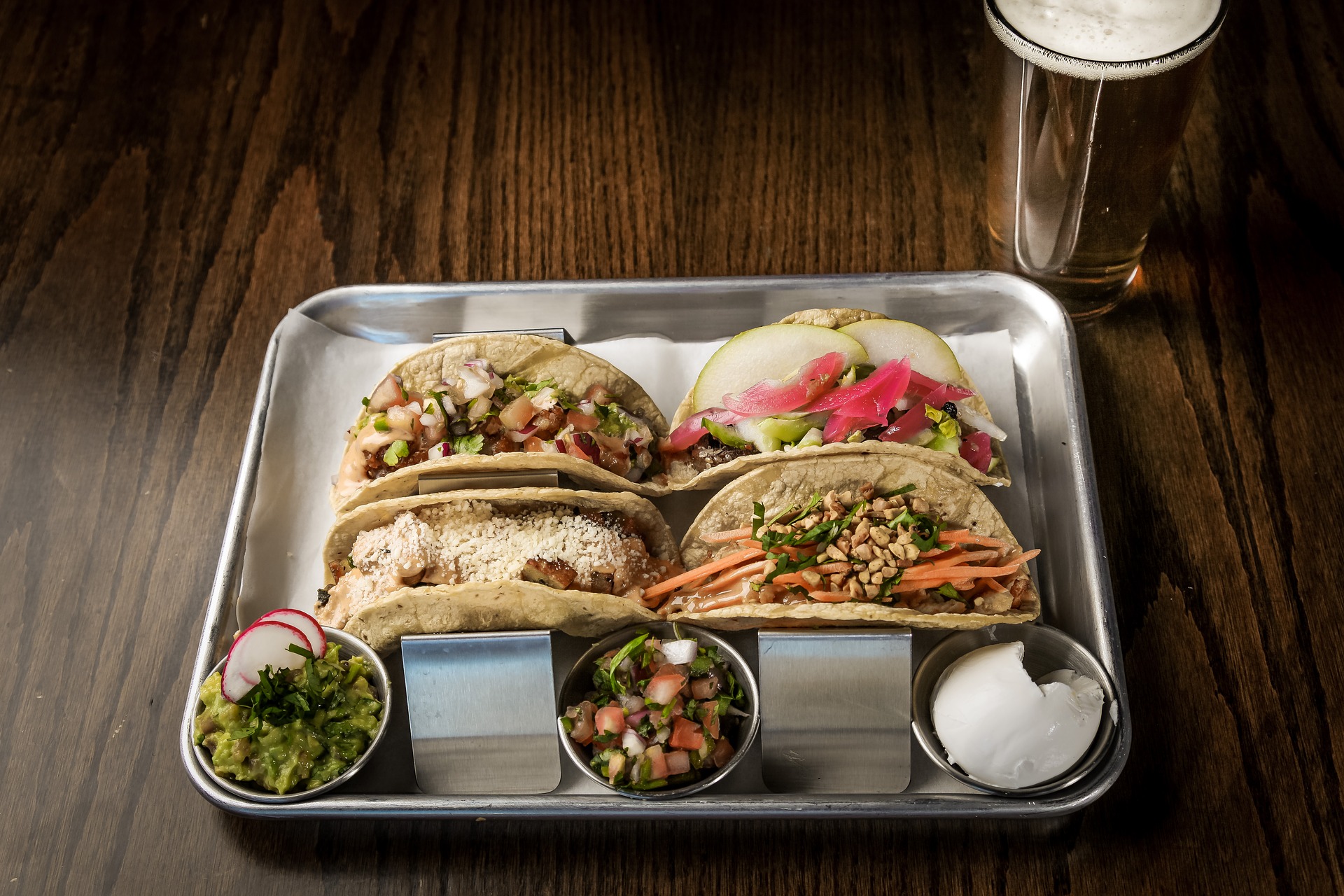Property tax happens to be one of the most visible and painful taxes that homeowners have to pay in Canada. This amount is not skimmed off of their paychecks all at once, they usually have to pay a big installment either on a monthly basis or 4 to 6 times per year. Homeowners also see their mortgage payments increase, if their lender insists that they themselves make the tax payments.
In Canada, the tenants also have to pay a property tax at a much higher rate than homeowners in some municipalities do, but it is usually worked into their rent. There is really no way to avoid the tax, the least you can do is try and understand it so you are better prepared. Here are some of the things you need to know about property tax.
How is Property Tax Calculated?
It is the responsibility of your municipality to assess the value of your home and apply a tax rate on it. If your home costs $300,000 and the tax rate that you pay is 2%, then you pay 2% of $300,000, which is $6,000 a year.
How is My Tax Assessment Determined?
Municipality Property Assessment Corporation (MPAC) is a non-profit agency responsible for assessing your property and sending a notice of assessment to you. The assessment that they conduct is to reflect the price that your property would obtain if it is put up for sale. This agency also tracks the real estate sales in neighborhoods so it can put a particular value on a one-bedroom condo in the neighborhood you are in. The assessment of your property may also reduce if it is situated beside a busy corner or a gas station or boost its tax assessment if situated next to a street backing on a ravine.
How is the Tax Rate Selected?
The tax rate of your property is chosen by your city or town council based on their annual budgeting process. If there is a Regional Council in your neighborhood, they can also set a tax rate. Toronto, however, has no Regional government, but other municipalities such as Greater Toronto have both the local and the regional governments, which is something you should be mindful of.
Finally, the provincial government is responsible for setting a tax rate when it comes to education. These three rates are then added together. Suppose that the local tax is 1%, the regional tax is 1%, and the education tax is 0.5%. This would translate into an overall tax rate that is 2.5%. However, the city or down collects attacks on behalf of all of these governments, so what you get is just one bill for all three taxes.
If you have any questions regarding taxes, you can always reach out to one of our property experts at Collingwood Homes before you finalize the purchase of your next property. Give us a call now, and don’t hesitate to discuss further.




















